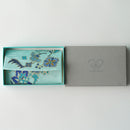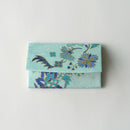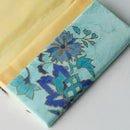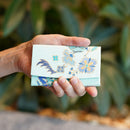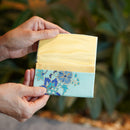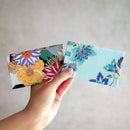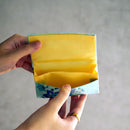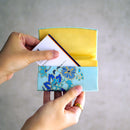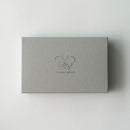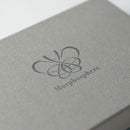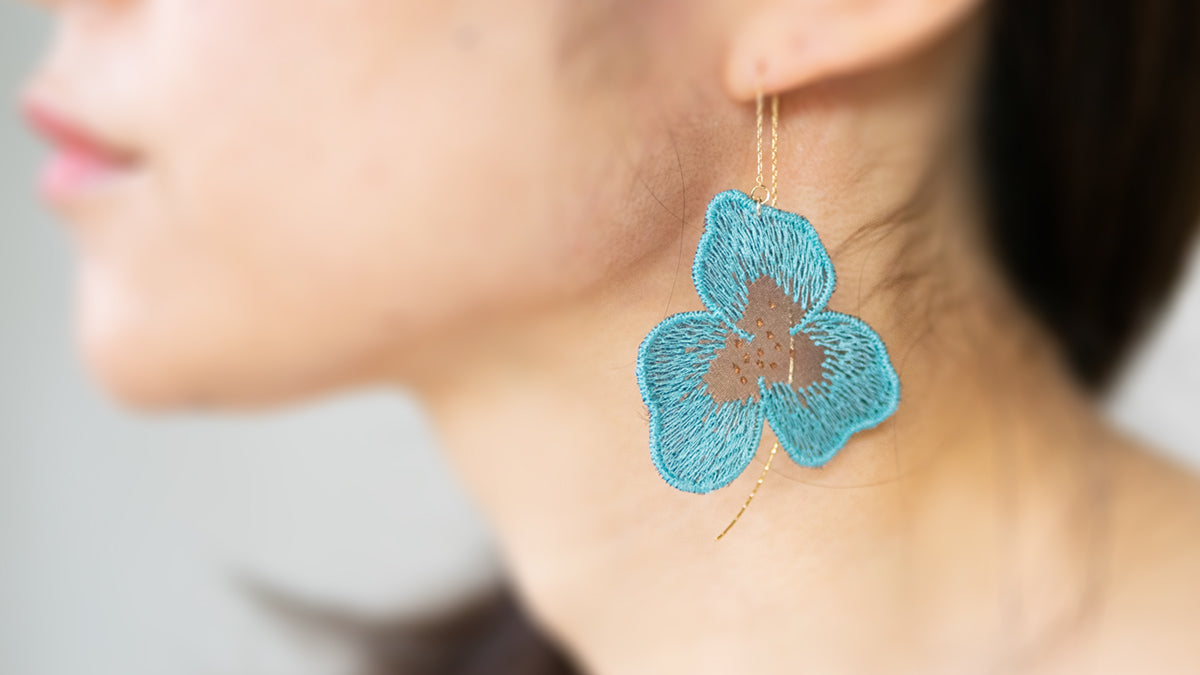Description

A tasteful case to store your name card and business card!
The base material of this case is Tango-chirimen crepe with subtle sheen, and delightful design pattern of "plant-scrolls" in blue tones was hand-drawn on the material to make this card case one and only piece among others.
This case can be folded, while those 2 pockets hold many cards—functional with good storing capacity.
Why not carry this case especially in those event when the case is exposed often to be seen by many people? Try to carry this item in special occasions, which will sure to catch the eyes of people!
Information
| Manufacturer | Morphosphere |
|---|---|
| Country of origin | Kyoto, Japan |
| Technique | Kyoto Yuzen Dyeing |
| Material | Silk |
| Size | W2.56 * D2.76 in. (W6.5 * D7.0 cm) |
| Weight | 0.03 lbs (15 g) |
| Capacity | 0 oz (0ml) |
| Electronic Equipment | |
| Note | Please refrain from washing it in water, although it is waterproof. If it gets dirty, please clean it with benzine as you would a kimono. Please do not use water spray or detergent.Please note that fabrics and patterns are subject to change. Patterns and designs may differ from the images depending on the product. |
| Delivery Time | 1-2 weeks (if out of stock + 2-3 weeks) |










